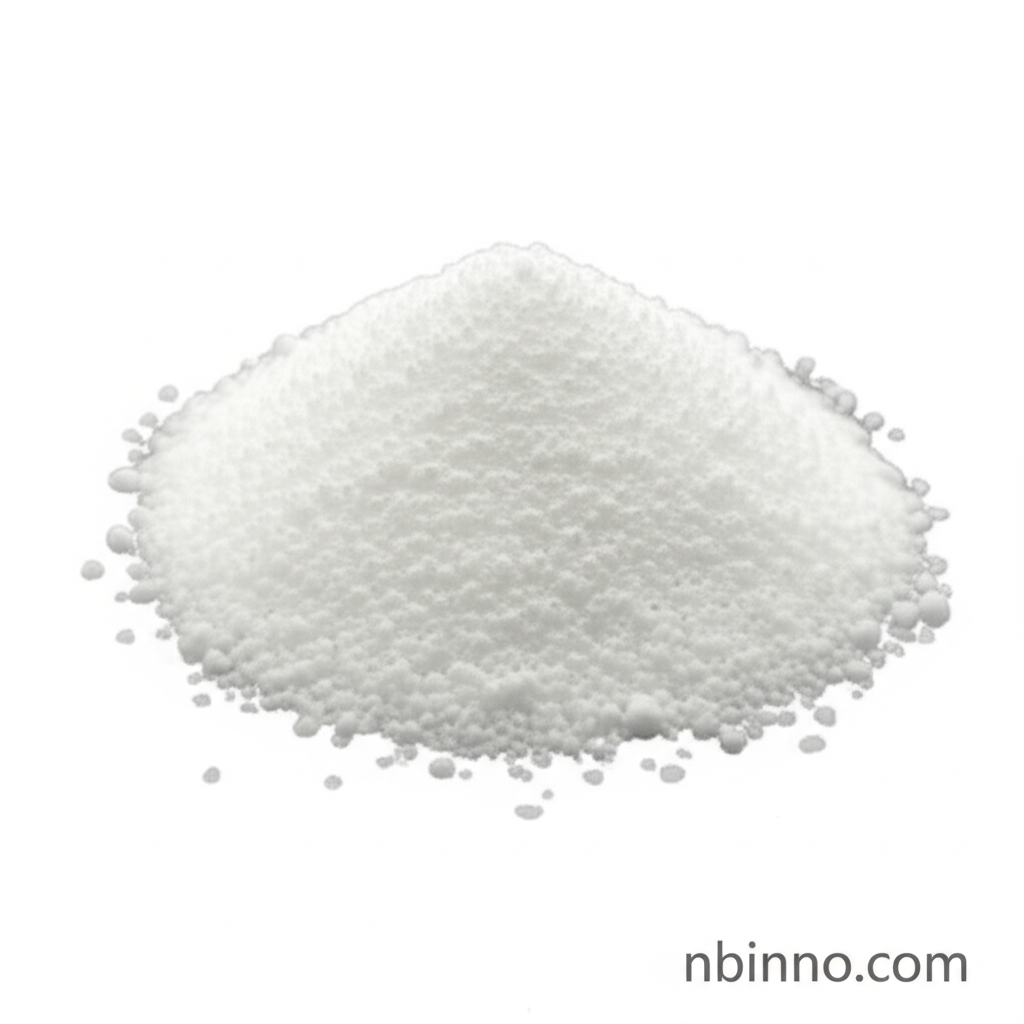1,2-Bis(diphenylphosphino)ethane Monooxide: A Key Ligand in Modern Catalysis
Explore the synthesis, properties, and catalytic applications of this essential organophosphine compound.
Get a Quote & SampleProduct Core Value

1,2-Bis(diphenylphosphino)ethane Monooxide
This high-purity compound is a vital organophosphine ligand, instrumental in advancing modern chemical synthesis and catalysis. Its unique structure and properties make it indispensable for numerous organometallic reactions.
- Discover the diverse applications of organophosphine ligands in catalysis, particularly the role of 1,2-Bis(diphenylphosphino)ethane Monooxide in enhancing reaction efficiency and selectivity.
- Understand the CAS 984-43-0 chemical properties, including its white powder appearance and a melting point typically ranging from 195-199°C, indicating high stability and purity.
- Leverage this compound for asymmetric catalysis, enabling the creation of enantiomerically pure products crucial for pharmaceuticals and fine chemicals.
- Explore its use in the synthesis of chiral compounds, a fundamental aspect of creating complex molecules with specific biological activities.
Advantages Offered
Enhanced Catalytic Activity
As a sophisticated organophosphine ligand, it significantly boosts the activity and selectivity of transition metal catalysts, leading to more efficient chemical transformations.
Versatility in Synthesis
The compound serves as a versatile building block and catalyst activator, facilitating a wide array of reactions including cross-coupling, hydrogenation, and C-H activation.
Stability and Purity
With a minimum purity of 97%, this chemical ensures reliable and reproducible results in sensitive organometallic chemistry and advanced synthesis projects.
Key Applications
Organometallic Catalysis
Crucial for a range of catalytic processes, improving outcomes in cross-coupling reactions and beyond, as explored in research on organometallic chemistry ligands.
Chiral Compound Synthesis
Essential for synthesizing complex chiral molecules, a critical step in developing new pharmaceuticals and advanced materials.
Asymmetric Catalysis
Enables the selective formation of one enantiomer over another, a cornerstone of modern stereoselective synthesis.
Research and Development
Widely used in academic and industrial R&D labs for exploring novel reaction pathways and developing new catalytic systems.
